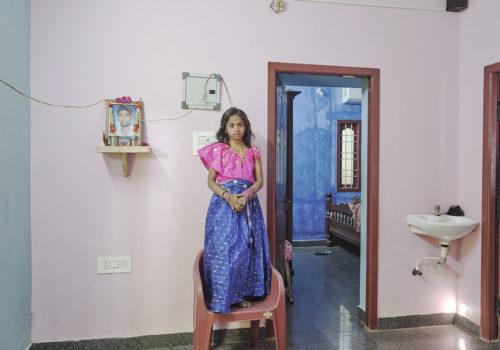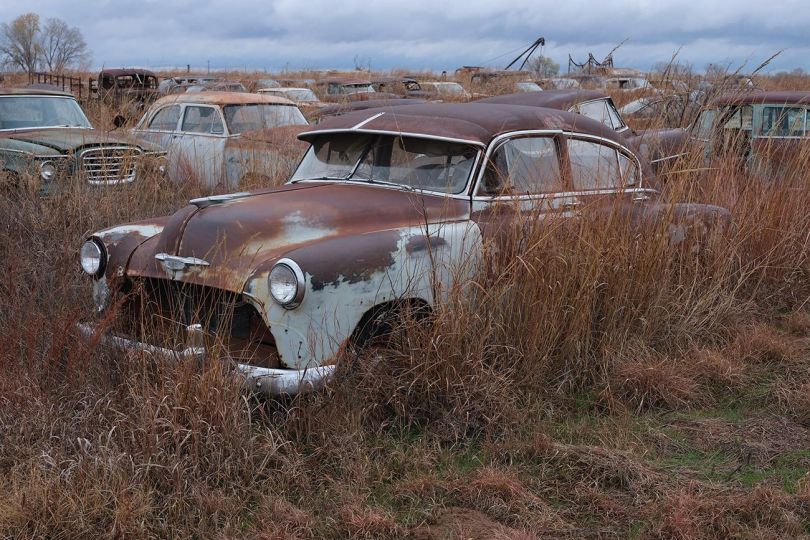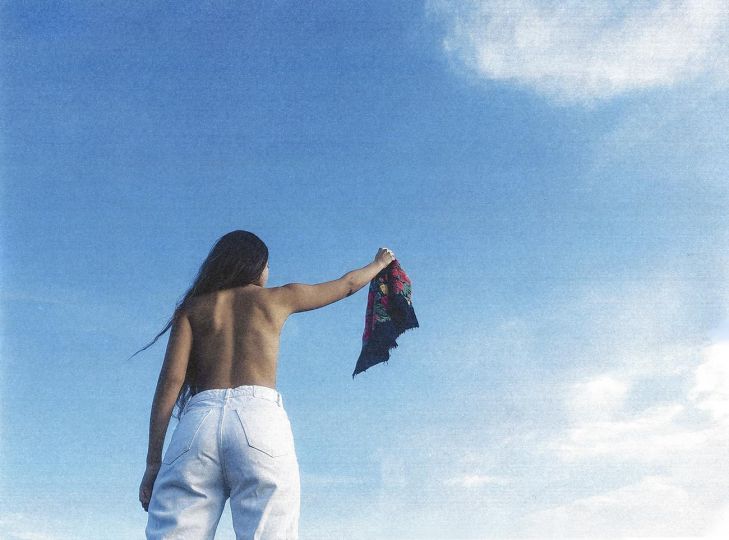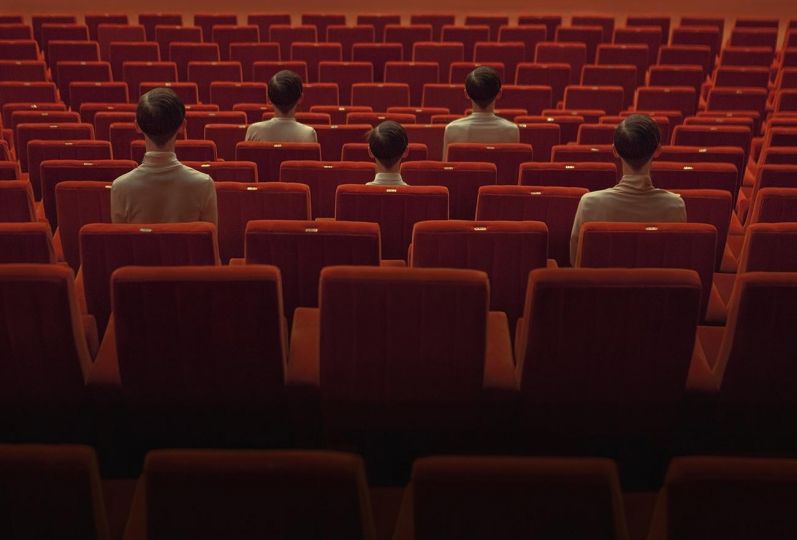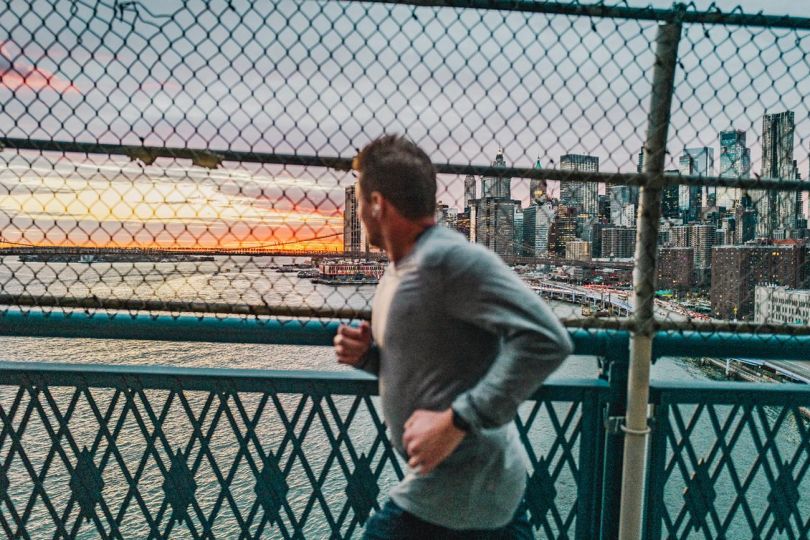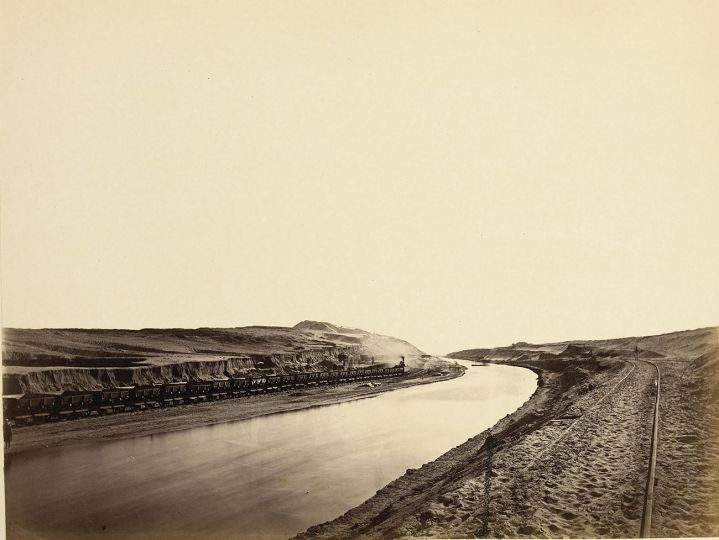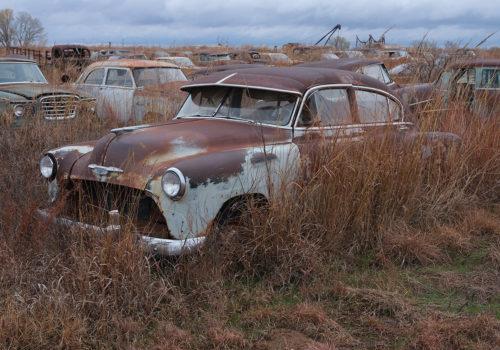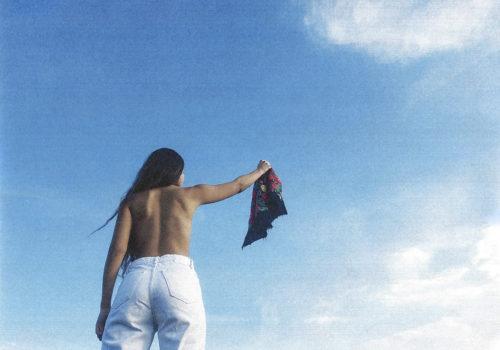I photographed South India (Tamil Nadu and Kerala) during two stays in 2010 and 2011. At the invitation of the French consulate and the Alliance Française in Pondicherry, I benefited from a new residence in Pondicherry in October 2022, this time for more specific work on the city and its inhabitants.
I made a whole series on the beach on the seafront on the Indian “bathers“, but I especially devoted time to the fishermen and the people of the alleys who live in the narrow and labyrinthine streets of the districts which surround the heart of the city.
I met and photographed Indians belonging mainly to low castes, including a large percentage of Dalits, these Untouchables who are outside castes. It is among this low-caste population that we find many non-Hindus, Muslims, but above all Catholic Christians who converted, particularly during the colonial period, attracted by the principle of equality and the attention to the humble which is at the heart of the Christian doctrine. This did not free them from their social inferiority, even if, in Tamil society, and more broadly in Indian society, there are many examples of social and intellectual success, like Dr Ambedkar, a politician linked to the independence of India, who was both a leader of the Untouchables and the main drafter of the Indian constitution – with in particular the abolition of castes inscribed in the constitution. It is the only portrait of a politician that I have regularly seen in homes: not Mahatma Gandhi, nor Nehru, nor Indira Gandhi, nor Modi…
In all the houses where I have been able to photograph, even in the most modest ones, we see, hung on the walls or arranged on small family altars, a lot of religious icons, sometimes with a very synchretic mixture between Hinduism and Christianity. : the Virgin Mary easily rubs shoulders with Shiva or Ganesh.
I photographed modest people who had a few possessions, ate to their fill and cared for their children to study. I have also photographed families living in more difficult conditions, in houses reduced to one or two rooms, without the slightest comfort, where everyone is piled up, most often sleeping on the ground on simple mats. I also photographed people in absolute need, often old women who no longer had a family, and who were sometimes forced to work, despite their advanced age, to gather a few meager funds in order to survive. That said, the community is united, no one is totally abandoned, but there is something poignant in the eyes of these women who sometimes live in a simple hut made of branches or of the most diverse added elements, as in a shantytown. , with a large blue plastic tarp over the roof so that the monsoon rains did not flood everything inside.
I did not want to do a report by describing in minute detail the living conditions of each. It’s not my way of working. What is said through this work is the diversity of situations within the same community; and what imposes itself on the outside gaze is the great dignity of each one.
From the vast material brought back, I have collected what seemed interesting to me in five photographic notebooks, one of which is devoted to the fishing districts and the other to the alleys of the other districts. These two notebooks, in addition to a number of exterior views, include more than 80 portraits. I present below a short selection of these portraits.
Thierry Girard
http://www.thierrygirard.com
This work will be exhibited at the Alliance Française gallery in Pondicherry and outdoors in the city from March 17, 2023 until the end of May.
Alliance Française de Pondichéry
58, Suffren St, White Town
Pondicherry, 605001, India
www.pondichery.afindia.org

